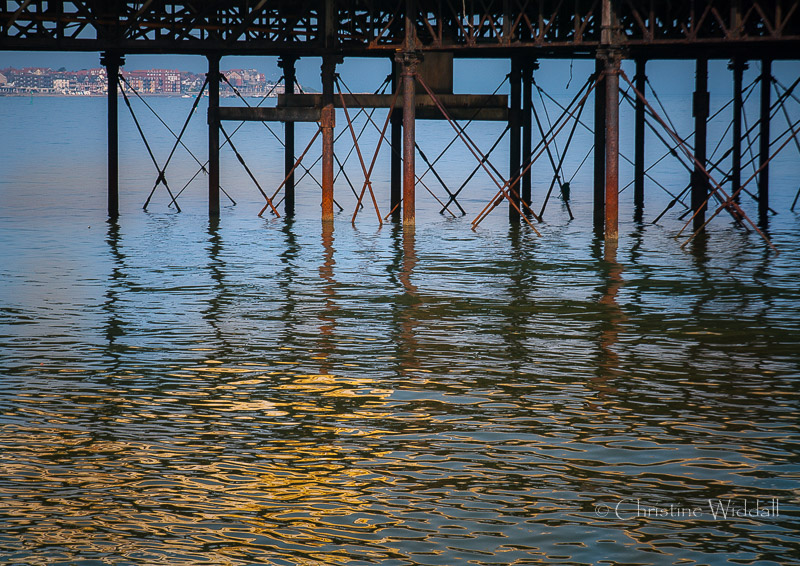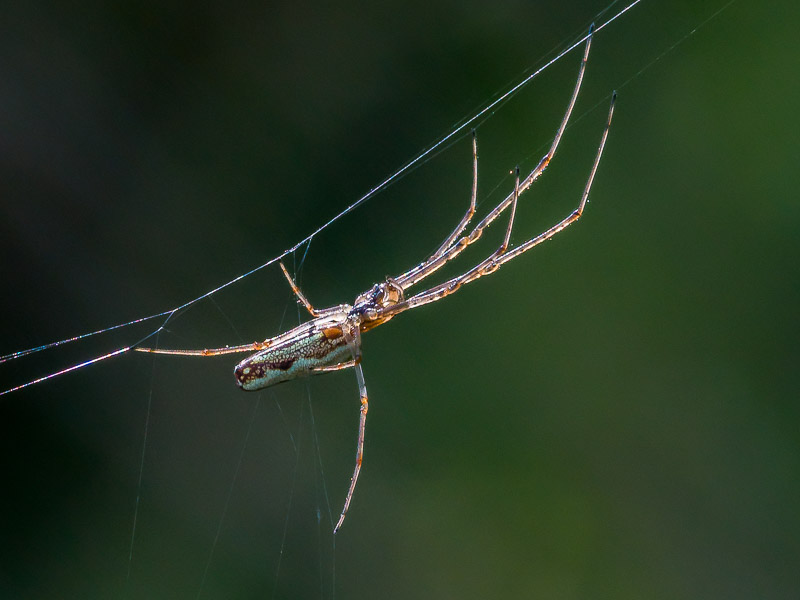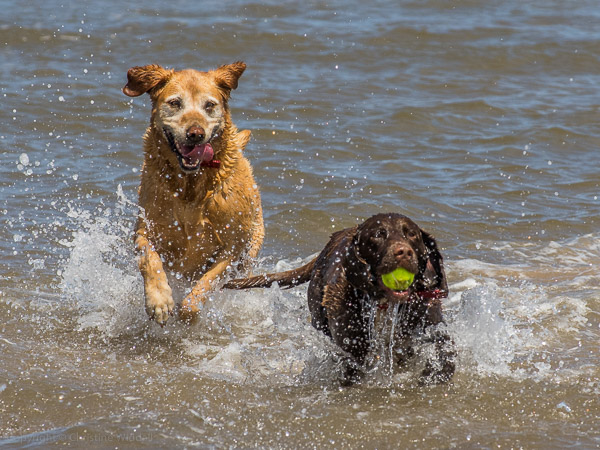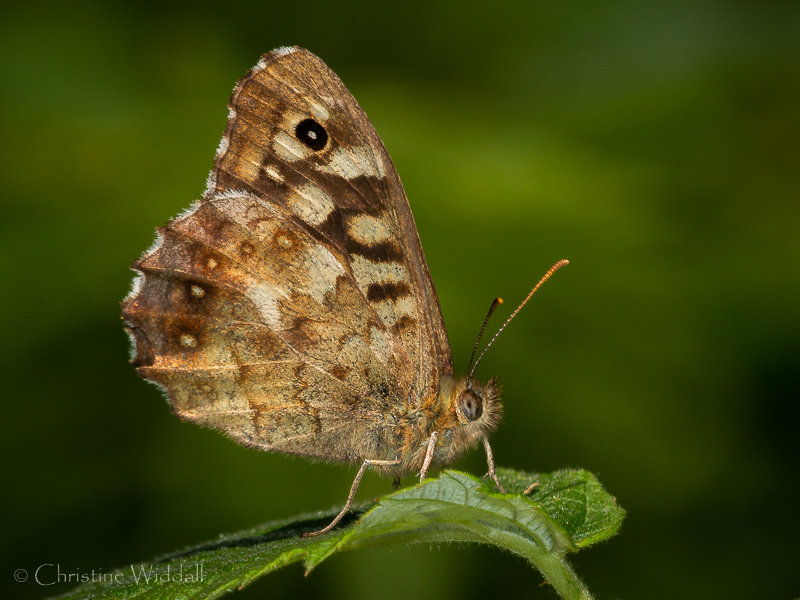Photographing Flies
(This article is republished with corrections).
Whilst out looking for dragonflies, we came upon a clump of bistort growing wild alongside a stream, not far from home. I stood and looked closely at the flowers to see what insect activity was there and it wasn’t long before I spotted a number of fly carcasses beneath some of the flower heads. This indicated some predator behaviour, but there was no sign of spider webs. However, it wasn’t long before I was able to spot my first predatory fly, hanging on a grass stem nearby. I originally identified the flies as robber flies but have recently been corrected and hopefully the species is now correctly identified by a member of the UK diptera group as Empis tessella, a dagger fly.
The male dagger fly was between 10mm and 15mm in length, the female a bit shorter. Both male and female feed on nectar but apparently only the male is a predator. It waits near a food plant for its prey, which may be anything from bees, wasps, damsel and other flies to small moths and butterflies. It will attack arthropods much larger than itself, in flight, then it holds the prey firmly with its legs while piercing it with its dagger like proboscis to kill it.
I only saw one dagger fly that evening but returned the next day, about the same time, to see if I could find any more. This time I found a small number of them feeding on the bistort and they were much more skittish – with poorer light, and a fairly strong breeze, the photography was much more difficult, but I managed a few shots that were reasonably sharp. Here is a selection. The chunky pointy ones are females and the long thin bristly ones are males. The first image is a fly carcass below the flower.
Before mating, the male kills an insect and offers it to the female as a nuptial gift…only then will she mate with him. (Some dagger flies create a silk balloon which they offer as an “empty” nuptial gift and present that to the female). The last photograph in the gallery shoes a pair with the female consuming a nuptial gift, which I am told is “probably a bibionid”.
Technical Notes
Equipment
Canon 70D with Sigma 180mm f3.5 EX DG HSM Macro lens supported on a monopod and the camera’s inbuilt pop-up flash balanced at -1 stop. I bought the macro lens second hand last year to add to my Canon 100mm IS Macro (an older version, the Sigma f/3.5 was replaced in 2010 by the f/2.8 model). It does not have image stabilisation, so I find it quite difficult to hand hold (unlike my 100mm IS macro which I can hand hold under most circumstances) but it is pin sharp when used with care. The 180mm has a longer working distance than the 100mm, so I am also less likely to disturb the more skittish subject. It also has a narrower field of view, which means that background distractions are less troublesome.
Depth of Field
As magnification at the sensor plane increases, depth of field (DOF) reduces and that is regardless of what macro setup you use. In macro photography, DOF depends on just two variables: aperture value and magnification. At any given aperture value, the higher the magnification ratio, the smaller the DOF.
You will find a depth of field calculator at this link.
Increased depth of field can be achieved by stacking images, but that’s another story!
Diffraction Limitation
The sharpness of the image is also affected by diffraction limitation…as the lens is stopped down, light waves passing through the aperture begin to interfere with each other, causing small detail to become less sharp. Diffraction is affected by pixel size and aperture size…so is less noticeable with a large sensor at a given aperture. (Mobile phones are inherently affected by diffraction blur.)
You will find a technical article on diffraction limitation on my husband’s site at this link and another here. In practice you can decide on the practicality of stopping down more to gain more depth of field at the expense of increasing diffraction blur. That’s where experience counts…you decide yourself if it’s sharp enough!






